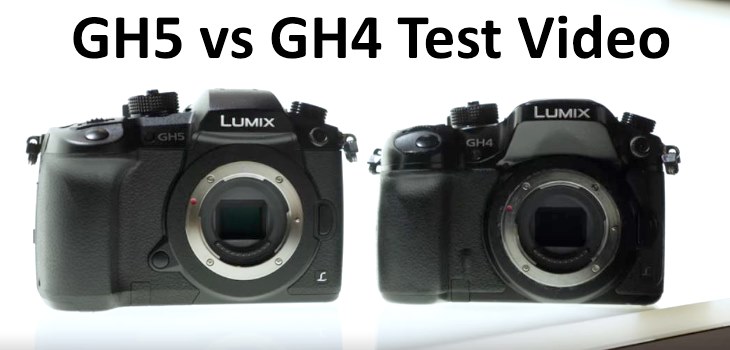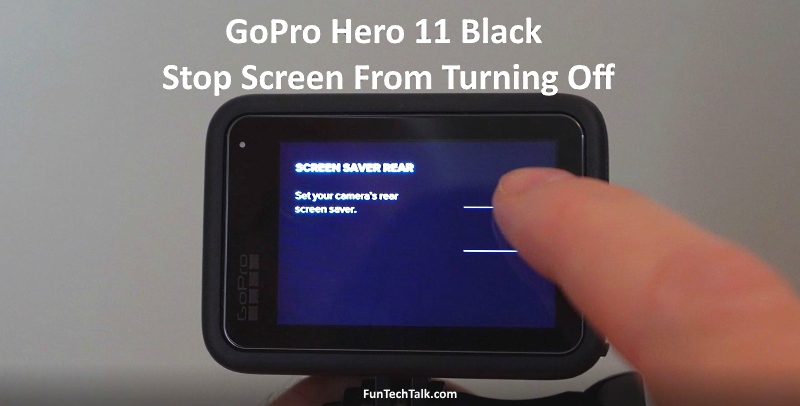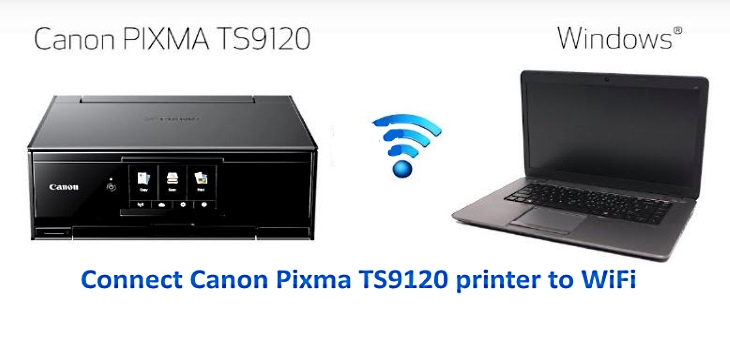
Video pro and short film maker Griffin Hammond compares the new sensor on the Panasonic GH5 to his GH4. He tests 4K 60p, in-body image stabilization, crop factor and rolling shutter on the newest Lumix 4k camera.
Replacing the GH4’s 16-megapixel image sensor, the Panasonic GH5 now holds a brand-new 20.3-megapixel Live MOS chip, and to help make use of its detail-rich capabilities, it no longer is shaded by a optical low-pass filter. Now that the filter is gone, per-pixel sharpness should be improved noticeably at the slight risk of moiré and false color artifacts being captured.
This LUMIX ups it’s game. The Panasonic GH5’s new Venus Engine image processor improves the autofocus performance. Here, Panasonic has made a huge upgrade in the granularity of autofocus points, with the Panasonic GH5 now boasting 225 autofocus points where the GH4 had just 49 points.
The LUMIX GH5 can record 10-bit 4:2:2 DCI 4K (4,096 x 2,160 pixels) and consumer 4K (3,840 x 2,160 pixels) footage with a 150Mbps bitrate, with no add-ons. Frame rates are 24, 25 or 30 frames per second for consumer 4K, and are fixed at 24 fps for Cinema 4K. It can also record at a higher 50 or 60 fps rate if you opt instead for 8-bit 4:2:0 consumer 4K footage. And of course, Full HD (1,920 x 1,080 pixel) high-def capture is also enabled.
The Panasonic Lumix GH5 is expected to go on sale in the US market starting early March 2017. Body-only price will be US$2,000, and to start with, there will be no kit lens offering in the US market. Overseas markets may also have a bundle with the Leica DG Vario-Elmarit 12-60mm / F2.8-4.0 ASPH. / Power O.I.S. lens at their launch. Not fare?
One positive step for me is that Panasonic now includes two SD card slots in the GH5, up from one in the earlier GH4. Also, both slots are UHS-II U3 compliant. Speed Boost!
You can find the new GH5 here soon and the GH4 here at a discounted price.









